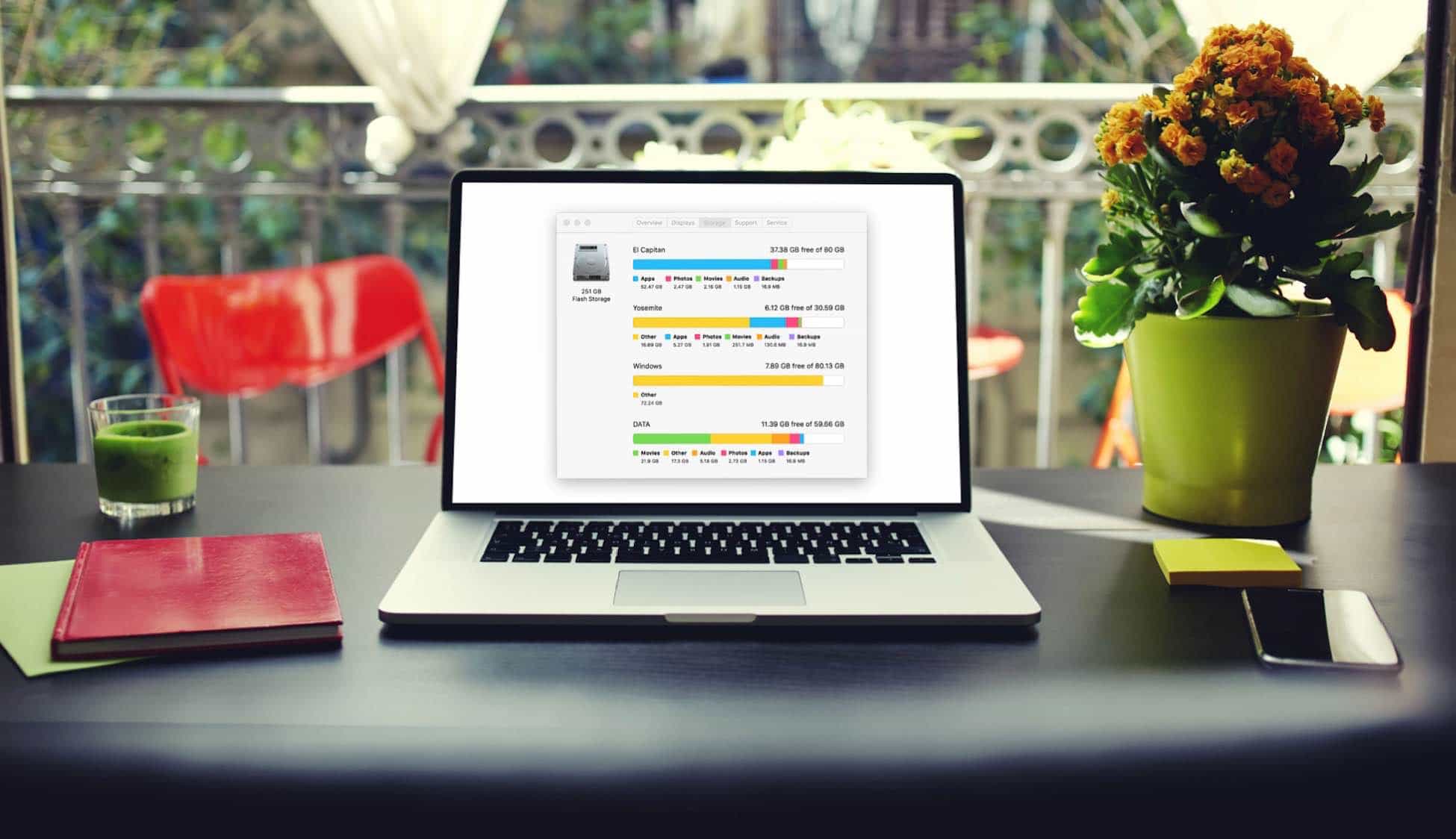Making Life With Technology More Fun.
Latest News

How To Change Language On Hulu? 5 Simple And Easy Methods
Are you a current user of Hulu enjoying its variety of shows and movies? Have you delved into all the features this amazing streaming platform ...
How toHow to
How to Build a Home Theater System [Your 6-Step Guide]
I'm confident that you've seen an outstanding film or heard some affecting music, yet ...
Buyer’s Guide
Best Soundbar For Sony TV – Our Top 6 Picks
Sony is a brand recognized for its high-quality electronic gadgets. Their most ...
Buyer’s Guide
Sonos Beam Vs. Bose 300: Side by Side Comparison
The Sonos Beam and the Bose soundbar 300 are aimed at passionate sound aficionados, ...
Windows
Windows 10 System Requirements and Recommended: Can I Run It?
Upon the release of Windows 10, Microsoft proclaimed that they would be providing a ...
Toplist
Top 5 Best Apps to Stay Organized This Christmas of 2020
The season has arrived once more when you rack your brain trying to figure out the best ...
Giveaway
Lifsoft PC AutoTimer Coupon Code | Free License 100%
PC AutoTimer is a fresh software designed to enhance your PC usage. It enables you to ...
Show next
About Me
It’s great to see you here, and thank you for spending your precious time reading this. My name is Solomen, and I am a young man who loves to write about Tech, WordPress, and much more. I am the founder of Mrhow.io, whose goal is to bring a comprehensive how-to guide to the Internet with content understandable for regular users.
If you have any inquiries about the software or the content on my site, please feel free to reach out at contact@omghowto.com.














